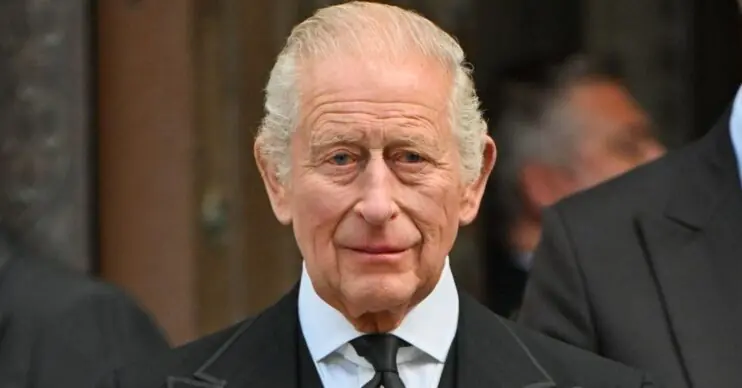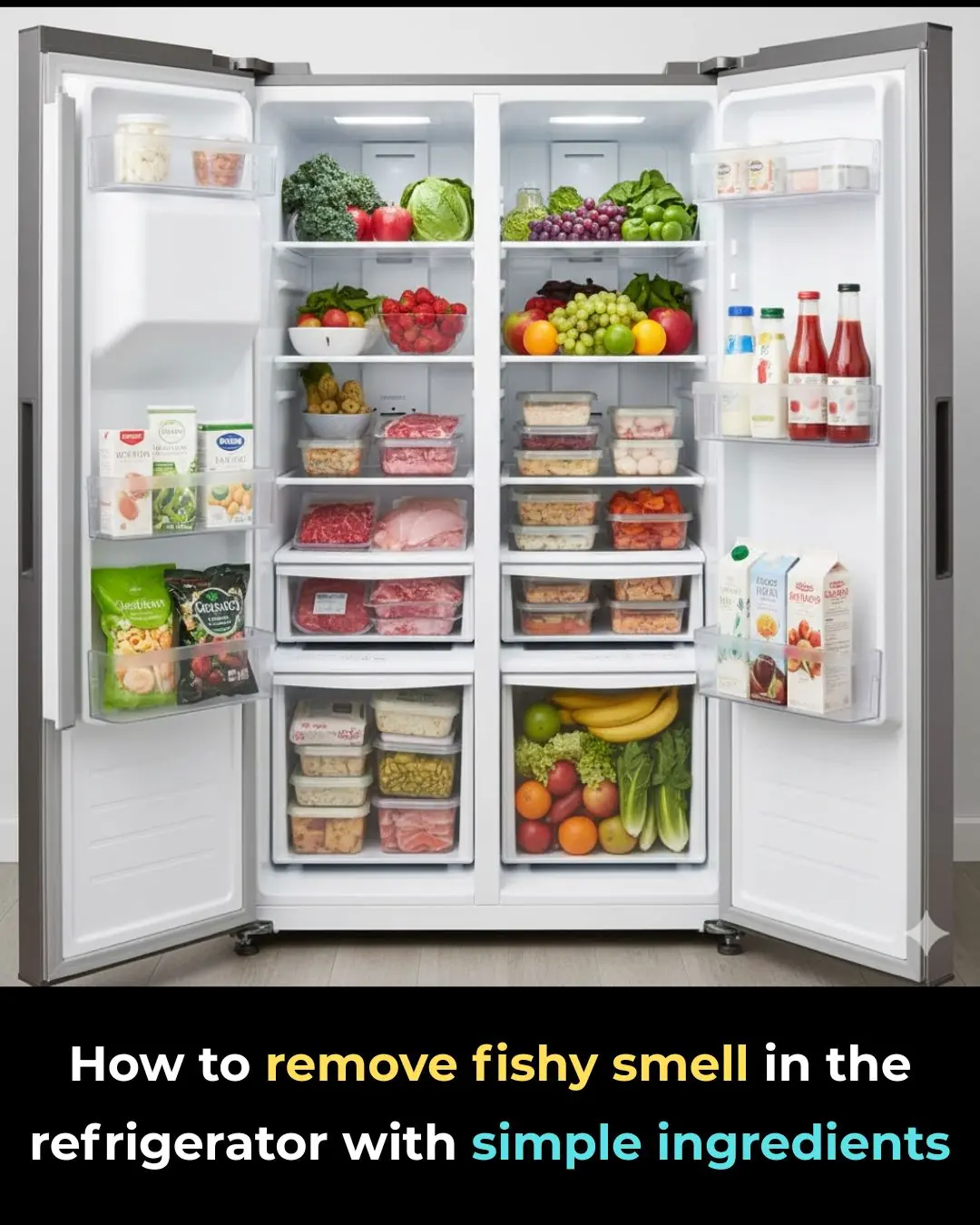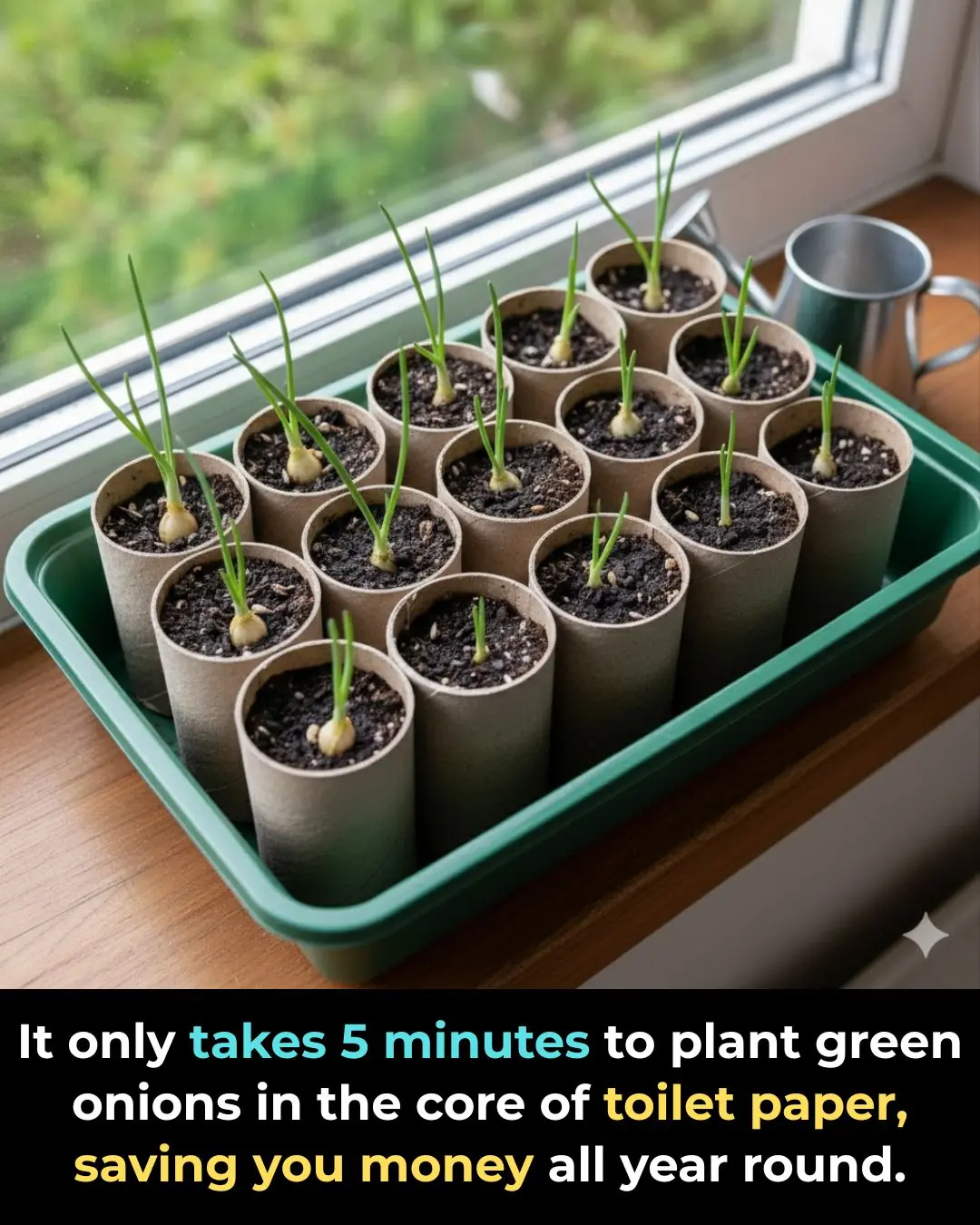
I Never Knew This!
Most people don’t realize their refrigerator has a small but powerful feature that can help cut energy usage: the internal temperature control. This button or dial is often hidden in plain sight, and because many homeowners never adjust it, refrigerators can end up running harder than necessary—wasting energy and money. A simple tweak to this setting can make a surprising difference in efficiency and long-term costs.
What Your Fridge’s Temperature Control Actually Does
Inside every fridge is a temperature regulator that determines how cold the main compartment and freezer get. Newer models may use digital controls, while older units rely on manual dials. Many households simply leave these settings untouched from the factory default, even though those presets might not be ideal for their kitchen conditions or usage habits.
Learning how this control works is essential for finding the right balance between food safety and energy savings.
Setting Your Fridge & Freezer the Right Way
Proper temperature settings are important not only to keep food safe but also to avoid stressing your appliance. Conditions such as room temperature, how packed your fridge is, and how often you open the doors all affect internal cooling.
Recommended Temperatures:
-
Refrigerator: 37°F–40°F (3°C–4°C)
-
Freezer: 0°F (-18°C)
These ranges prevent bacterial growth in the fridge and keep frozen foods well-preserved without freezer burn.
Seasonal Adjustments You Should Make
Spring & Fall: Small Tweaks
Milder temperatures mean your fridge doesn’t have to work too hard. This is the ideal time to check your readings with a stand-alone refrigerator thermometer. If the fridge is cooler than necessary, adjust the dial slightly to use less energy.
Summer: Turn It a Bit Colder
Hotter kitchens and frequent door opening let warm air in, making the fridge work overtime.
Tips:
-
Set the temperature closer to 37°F
-
Don’t overcrowd the shelves
-
Keep leftovers and drinks covered and stored near the back
Winter: Watch Out for Freezing
If your fridge sits in a cold area like a garage, outside temperatures can confuse older thermostats.
Look for signs:
-
Frozen milk or produce in the fridge → raise the temperature slightly
-
Freezer not staying cold enough → check if the compressor is cycling properly
Why Proper Settings Save Energy
Keeping your fridge colder than necessary forces the compressor to run more often—which adds to your electricity bill. Sticking to recommended temperatures reduces energy use, helps regulate cooling cycles, and prolongs the life of the appliance.
How Much You Can Actually Save
Experts estimate that correct temperature settings can cut energy usage by up to 10%. For a typical household, this could mean saving $100 or more each year.
Multiply that across millions of homes, and the total potential savings are enormous—proof that small changes really do add up.
More Ways to Boost Your Fridge’s Efficiency
-
Use a separate thermometer: Built-in gauges can be inaccurate
-
Don’t rely on vague dial labels: “Colder” or “7” doesn’t always mean the same temperature
-
Wait 24 hours after adjusting: It takes time for the fridge to stabilize
-
Clean the coils & clear vents: Dust buildup forces the unit to work harder
Final Thoughts: Small Action, Big Results
A quick adjustment to your refrigerator’s temperature settings can lead to meaningful energy savings and lower utility bills. Understanding and using the hidden temperature control button empowers homeowners to make smarter, more efficient choices. It’s a simple reminder that even tiny tweaks in our daily routines can have a major impact on both our wallets and the environment.
News in the same category


4 things you shouldn't keep

Predictions made about King Charles’ future with whispers of ‘conflict’ as he celebrates his birthday

EastEnders icon Pat Evans to return as Nigel’s dementia symptoms worsen

Celebrity Race Across The World’s Dylan Llewellyn comforted by Roman Kemp after revealing brother James’ heartbreaking death

Princess Beatrice hosts poignant premature birth charity event with support of her husband Edoardo

Anton Du Beke pays tribute to Strictly co-star in emotional Morning Live interview: ‘Always my hero’

Gordon Ramsay shares update after revealing skin cancer diagnosis: ‘It was a scare’

Kelvin Fletcher and wife Liz share Fletchers’ Family Farm update as they admit they’re ‘expecting’ little lambs

Tom Fletcher and son Buzz’s Children in Need duet airs for first time and leaves fans in tears

Atomic Kitten star Liz McClarnon shares first pictures of miracle baby: ‘We’ve waited a long time for this’

It Turns Out Rice Weevils Fear This the Most — Put a Little in Your Rice Bag and You Won’t Worry About Pests for a Whole Year

No way, I was so out of the loop here

Tried this the other day and it did wonders!

10 Odd Home Fixes You’ll Wish You Learned Years Ago

Mary Berry issues sad update on ‘terribly frail’ husband after horror accident at home

Mississippi Man Creates Museum Dedicated to He & His Late Wife’s Six-Decade Love Story

‘I Know That Unequivocally Is Not True’: Stephen A. Told Cari Champion I Made You Why Would I Play You, But Jemele Hill Says It Wasn’t Like That

‘This Is Nick’s Fault’: Nick Cannon Accused of Creating Broken Homes After His and Mariah’s Daughter Shares Raw Post About Her 10 Siblings
News Post

Kidney doctor reveals 9 everyday medications that could be silently destroying your kidneys!

Don’t Toss That Tuna Can

4 things you shouldn't keep

Predictions made about King Charles’ future with whispers of ‘conflict’ as he celebrates his birthday

Clothes worn for a long time turn yellow, use this method to make them white again like new

A legacy of health: Soong Mei-ling – longevity and fight against cancer

EastEnders icon Pat Evans to return as Nigel’s dementia symptoms worsen

Celebrity Race Across The World’s Dylan Llewellyn comforted by Roman Kemp after revealing brother James’ heartbreaking death

How to remove fishy smell in the refrigerator with simple ingredients

Princess Beatrice hosts poignant premature birth charity event with support of her husband Edoardo

It only takes 5 minutes to plant green onions in the core of toilet paper, saving you money all year round.

Whatever you fry, just add 1 spoon of this powder to the pan, no oil will splatter, the food will be golden brown and crispy.

Boiled chicken that is not eaten up: Make this strange and easy to eat dish and it will be gone in no time.

Why you should bring a piece of paper when buying rice: Knowing the reason, you will want to follow it immediately

Anton Du Beke pays tribute to Strictly co-star in emotional Morning Live interview: ‘Always my hero’

Dip fish in this before frying: Fish will be crispy and won't stick to the pan, no need to worry about oil splatter everywhere.

White vinegar and dish soap: Perfect for removing stubborn stains

Gordon Ramsay shares update after revealing skin cancer diagnosis: ‘It was a scare’

Kelvin Fletcher and wife Liz share Fletchers’ Family Farm update as they admit they’re ‘expecting’ little lambs
